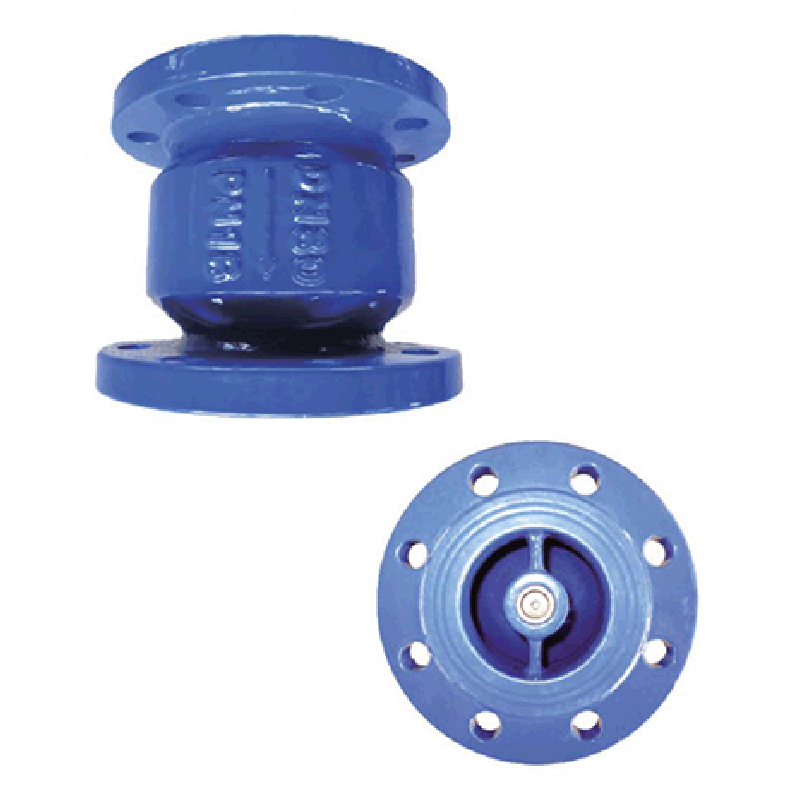Dec . 11, 2024 10:25 Back to list
Understanding the Functionality of Water Swing Check Valves in Fluid Systems
Understanding Water Swing Check Valves
A water swing check valve is an essential component in various piping systems, primarily used to prevent the backflow of water and ensure the smooth flow of fluid in one direction. These valves play a crucial role in maintaining the efficiency and integrity of water supply networks, industrial water systems, and even in residential plumbing applications.
What is a Swing Check Valve?
A swing check valve is a type of non-return valve that consists of a disk or gate that swings on a hinge. This design allows the valve to open freely in the direction of the flow while automatically closing when there is a reversal of flow. The principle behind this operation is relatively simple when water flows in the intended direction, it pushes the disk open, allowing fluid to pass through. However, when the flow reverses, the disk swings back into place, sealing the valve and preventing backflow.
Why Use a Swing Check Valve?
The primary purpose of a swing check valve is to prevent contamination and protect water supply systems from the adverse effects of backflow. Backflow can occur due to pressure changes in the system, which can lead to the introduction of pollutants and contaminants into the water supply. By installing swing check valves, systems maintain a one-way flow, enhancing safety and reliability.
Swing check valves are particularly favored for their low pressure drop and minimal obstruction to the flow. Unlike other check valves, such as ball or lift check valves, swing check valves have fewer moving parts, which often results in lower maintenance requirements. This makes them a popular choice for various applications, including residential plumbing, fire protection systems, wastewater treatment facilities, and irrigation systems.
water swing check valve

Applications in Water Systems
In water supply networks, swing check valves are employed to prevent backflow from downstream into water sources or treatment facilities. Their reliability is vital for protecting the quality of stored water, especially in plants where contamination could have serious health implications.
In industrial settings, swing check valves find their place in cooling water systems, where the risk of thermal expansion can lead to fluctuations in pressure. By preventing backflow, these valves maintain operational efficiency and contribute to the longevity of equipment involved in the cooling processes.
Residential plumbing systems also benefit from swing check valves. They are commonly installed in sump pumps and drainage systems to ensure that water flows correctly and does not return to the sump or cause flooding.
Installation and Maintenance
Proper installation of swing check valves is crucial for their effective operation. The valve must be positioned in a horizontal pipeline where the flow direction is clearly marked. Additionally, it is essential to ensure that there are no obstructions that could hinder the swinging motion of the disk. Regular maintenance checks should include inspecting for signs of wear, debris accumulation, or any functional issues that may affect performance.
In conclusion, water swing check valves are vital components designed to safeguard water systems against backflow. Their simple yet effective design ensures efficient fluid flow, minimizing maintenance while preserving the quality of water. Whether in industrial applications, municipal water supply, or residential plumbing, the role of swing check valves cannot be understated—they help ensure that our water systems operate smoothly and safely. As technology advances, we can expect even more innovations in check valve design and functionality, further enhancing their role in modern water management systems.
Share
-
Advanced Technology in Wire and Cable FactoryNewsAug.19,2025
-
Applications of Ball Check Valve in Water Treatment PlantsNewsAug.19,2025
-
How Osy Gate Valve Ensures Leak - Tight SealingNewsAug.19,2025
-
Selection Criteria for Wafer Type Butterfly ValveNewsAug.19,2025
-
Threaded Ball Valve Pressure RatingsNewsAug.19,2025
-
Y Strainer PN16 Cost - Effectiveness AnalysisNewsAug.19,2025


